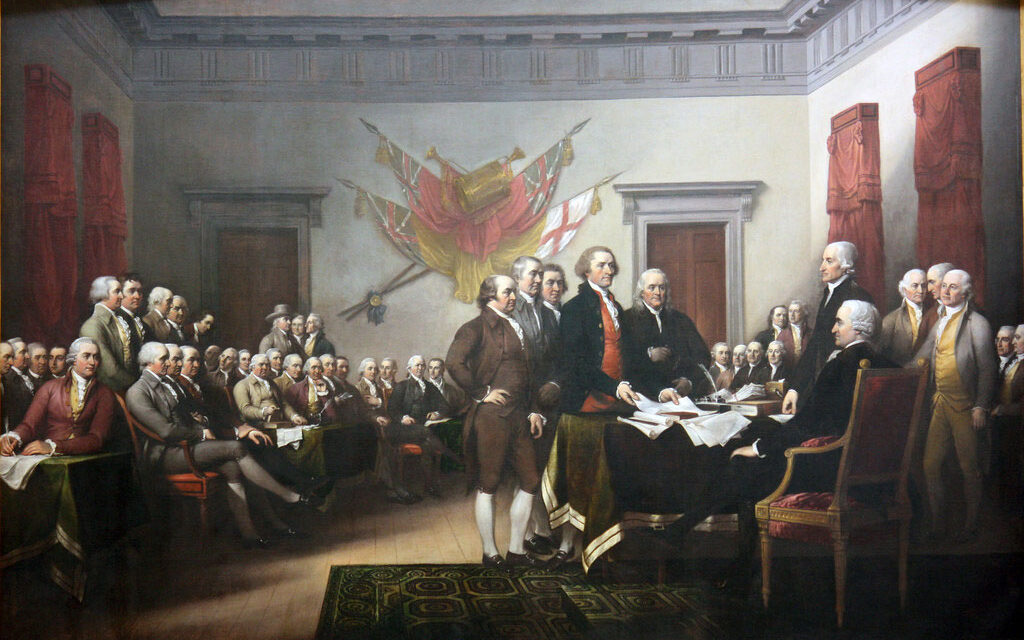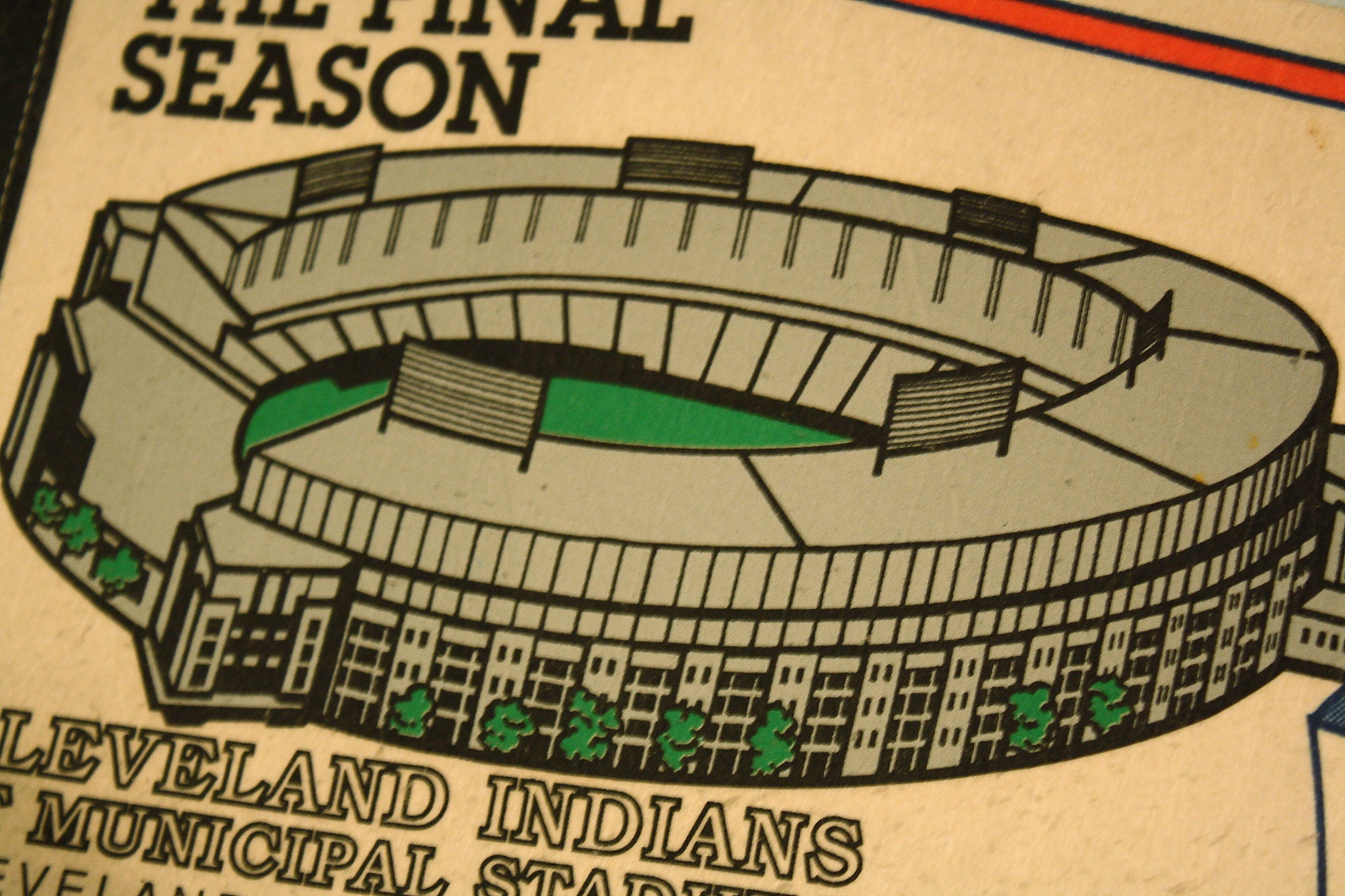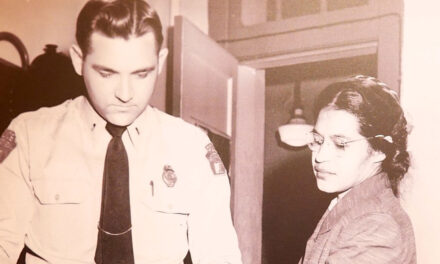CLEVELAND HISTORY
Cleveland Indians Defeat Philadelphia Athletics (June 11, 1950): The Cleveland Indians secured a 6–3 victory over the Philadelphia Athletics at Shibe Park. Pitcher Bob Lemon earned the win, contributing to the Indians’ strong performance during the 1950 season.
Dedication of the First Traffic Signal System in Cleveland (June 12, 1914): Cleveland implemented its first electric traffic signal system at the intersection of Euclid Avenue and East 105th Street. This innovation improved traffic flow and safety, marking a significant advancement in urban transportation management.
Cleveland Hosts National Air Races (June 13, 1931): Cleveland hosted the National Air Races, attracting aviation enthusiasts from across the country. The event showcased advancements in aviation technology and featured thrilling aerial competitions, highlighting the city’s role in the early days of American aviation.
Rolling Stones Perform at Cleveland Municipal Stadium (June 14, 1975): The Rolling Stones headlined a monumental concert at Cleveland Municipal Stadium, drawing an estimated 82,000 fans—the largest concert crowd in Northeast Ohio at that time. This event was part of the World Series of Rock and solidified Cleveland’s reputation as a major hub for live rock music.
Cleveland Public Library Collinwood Branch Opens (June 15, 1928): The Collinwood Branch of the Cleveland Public Library officially opened its doors at 856 East 152nd Street. Designed by the architectural firm Walker & Weeks, the branch provided the Collinwood neighborhood with access to educational resources and community programs.
WORLD HISTORY
Congress of Vienna Concludes (June 9, 1815): The Congress of Vienna concluded with the signing of the Final Act, redrawing the map of Europe after the defeat of Napoleon. The agreements aimed to restore balance of power and establish long-term peace on the continent.
Bridget Bishop Executed in Salem Witch Trials (June 10, 1692): Bridget Bishop was hanged in Salem, Massachusetts, becoming the first person executed during the Salem witch trials. Her death marked the beginning of a series of executions fueled by mass hysteria and fear of witchcraft.
Committee of Five Appointed to Draft Declaration of Independence (June 11, 1776): The Continental Congress appointed the Committee of Five—Thomas Jefferson, John Adams, Benjamin Franklin, Roger Sherman, and Robert R. Livingston—to draft the Declaration of Independence, a pivotal step towards American independence.
Philippine Declaration of Independence (June 12, 1898): General Emilio Aguinaldo declared the Philippines’ independence from Spain in Kawit, Cavite, marking the end of over 300 years of Spanish colonial rule. This declaration laid the foundation for the nation’s sovereignty.
Magna Carta Sealed by King John (June 15, 1215): King John of England affixed his seal to the Magna Carta at Runnymede, establishing the principle that everyone, including the king, is subject to the law. This document is considered a cornerstone of constitutional governance.






